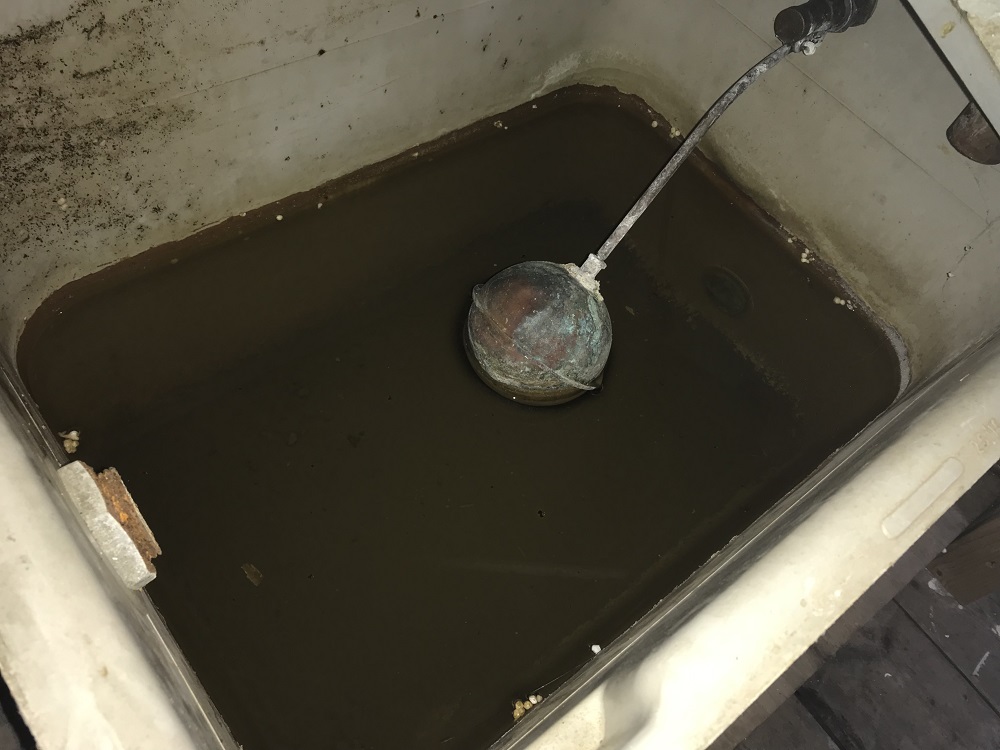Legionella Risk Assessments
It is the responsibility of the statutory duty holder to ensure a legionella risk assessment is undertaken. A legionella risk assessment is an important health and safety process that will help to protect you, your business and others from harm. Our friendly, helpful assessors are qualified and have a varied & vast knowledge of carrying out assessments for small domestic buildings, leisure facilities and factories.
The HSE guidance document on Legionnaires' disease section HSG 274 (The control of legionella in hot and cold water systems) states that:
All water systems require a legionella risk assessment
&
There is a legal duty to carry out an assessment to identify and assess whether there is a risk posed by exposure to legionella from the hot and cold water system or any work associated with it

Am I required to carry out an assessment?
If you answer yes to any these following questions an assessment is required. Are you:
- Responsible for business premises
- An employer or self-employed with business premises
- A landlord (residential and commercial)
- Responsible for a part of a dwelling where that part is used for business purposes
- Providing accommodation for paying guests
How can you get legionella's?
The disease is contracted by the deep inhalation of small contaminated water droplets known as aerosols or droplet nuclei which are the particles remaining after water has evaporated. Aerosols can be created by water systems which generate a spray such as showers, decorative fountains, jacuzzis, spa pools, sprinkler systems and evaporative cooling towers.
Legionella bacteria are most likely to proliferate and create a risk within water systems where the following conditions are prevalent:
- Water temperature in some or all parts of the system is between 20°C to 45°C
- Deposits which support bacterial growth by providing nutrients (e.g. rust, sludge, scale, biofilms, algae, amoeba and other organic matter)
- Water is stored and/or recirculated around a system (e.g. cold water storage tanks and calorifiers)
- Creation and dissemination of breathable water droplets (e.g. aerosols from showers and tap outlets)
- Employees, visitors and contractors could be exposed to any contaminated droplets
